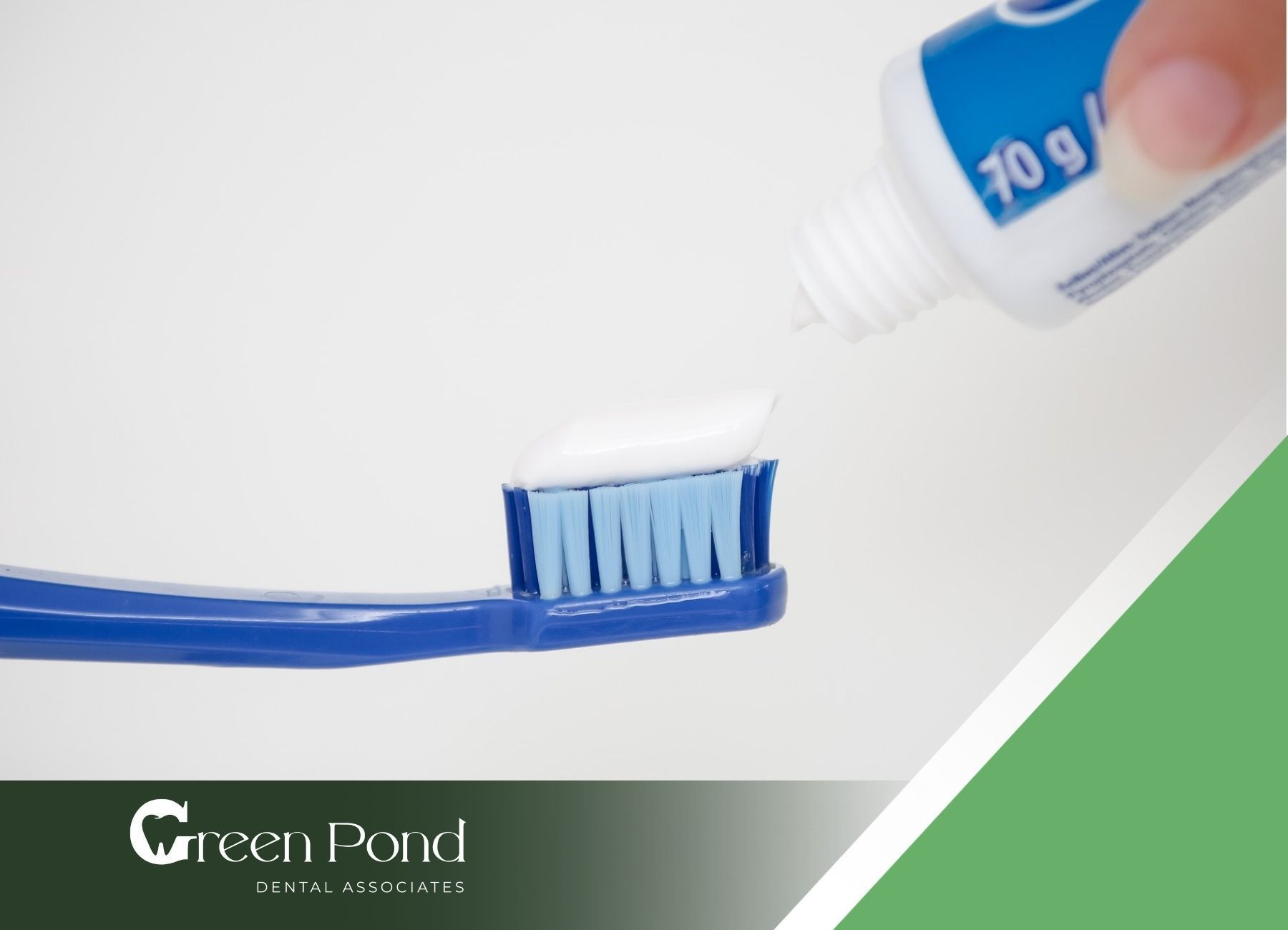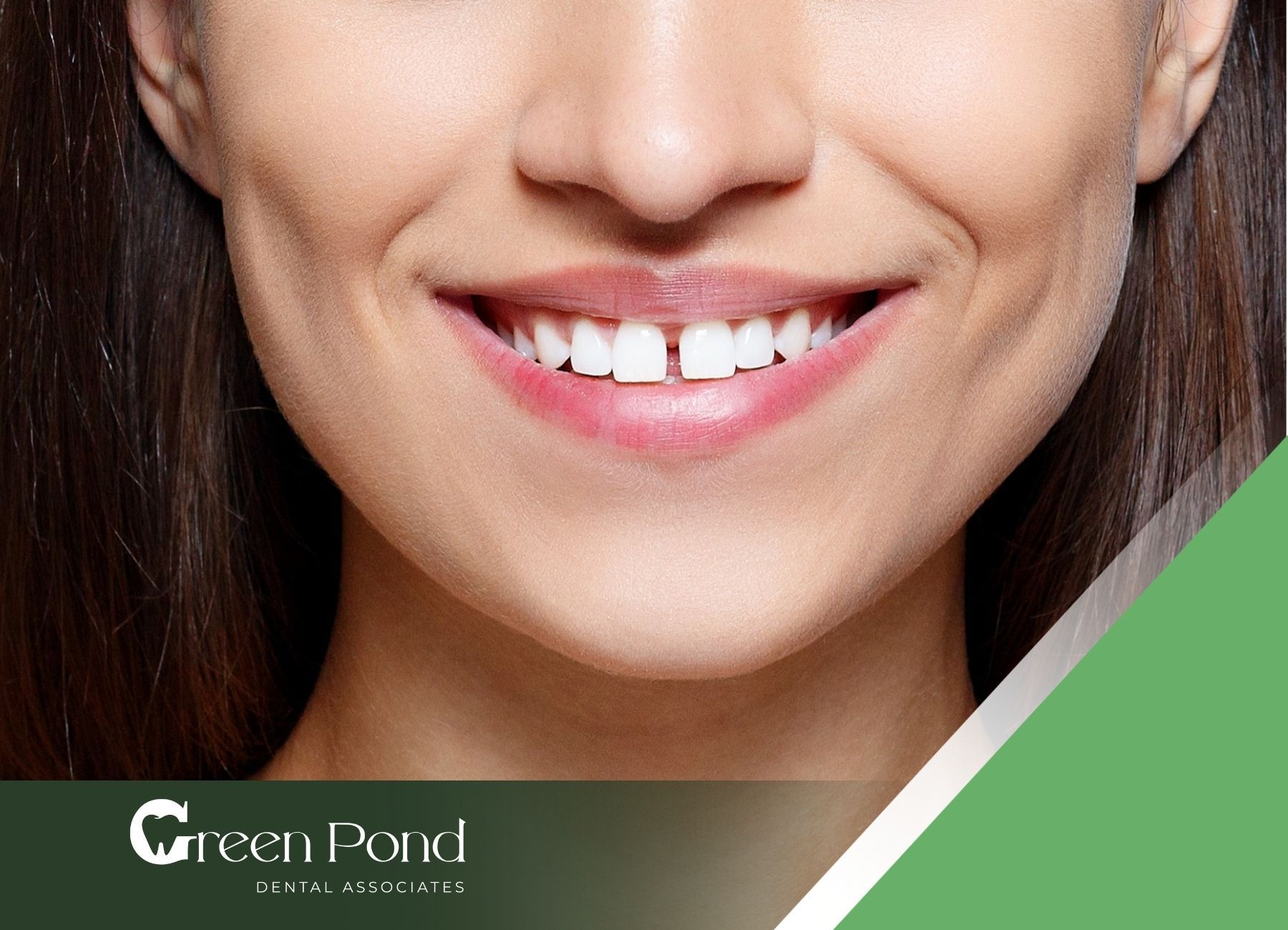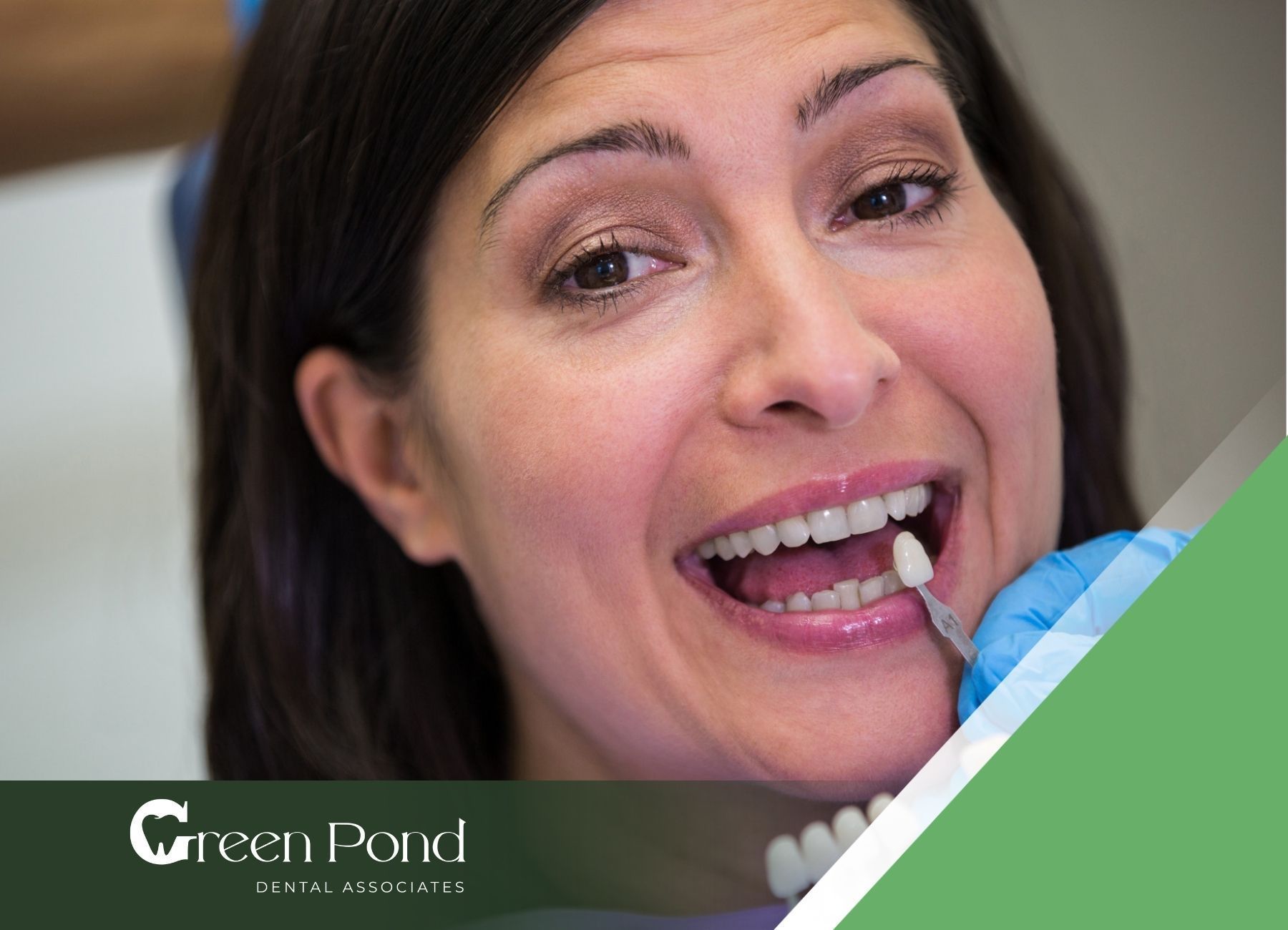Is it Normal to Have Buck Teeth? Learn About Overbite Issues
Bunny teeth, often described as protruding upper front teeth, are a dental concern that can affect people of all ages. Despite the playful name, these misaligned teeth—known medically as an overbite or malocclusion—can sometimes lead to functional and aesthetic challenges. For some, bunny teeth are a minor issue, while for others, they can result in difficulties with chewing, speaking, or self-confidence.
In this article, we’ll explore what causes bunny teeth, when it’s considered normal, and what treatments are available to correct them. Whether you're dealing with bunny teeth yourself or are concerned about a child, you’ll find everything you need to know to better understand this common dental issue.
What are Buck/Bunny Teeth?
Bunny teeth refer to a dental condition where the upper front teeth (incisors) protrude significantly beyond the lower teeth. This protrusion is often noticeable when the mouth is closed. While the term “bunny teeth” is commonly used to describe this condition, it’s more formally recognized as an overbite or overjet when the upper teeth overlap the lower teeth too much.
In a typical bite, the upper teeth should slightly overlap the lower teeth. However, in cases of bunny teeth, the upper teeth extend outward, creating a gap. The severity of this misalignment can vary—from a mild overbite where the teeth barely protrude to a more noticeable one where the upper teeth stick out significantly.
Is it Normal to Have Bunny Teeth?
For many children, bunny teeth are a normal part of development. It’s quite common for kids to have misaligned teeth during the transition from baby teeth to permanent teeth. In fact, most children experience some form of overbite at this stage. However, if the condition persists into adulthood or worsens as a child ages, it could indicate a need for treatment.
So, the question arises: is it normal to have bunny teeth? The answer depends on the age of the individual and the severity of the condition. For children, bunny teeth may resolve naturally as the remaining teeth emerge and settle into place. In adults, however, bunny teeth may be more noticeable and could require intervention if they affect oral function or self-esteem.
Why Do Bunny Teeth Happen? Common Causes
Bunny teeth can develop for several reasons. In most cases, it is a result of a combination of genetics and environmental factors. Here’s a deeper look into some common causes of bunny teeth:
1. Genetics: Hereditary Factors
One of the most common causes of bunny teeth is genetics. If a child inherits a smaller lower jaw or a larger upper jaw from their parents, they may be more likely to develop bunny teeth. The growth of the teeth and jaw is influenced by inherited factors, which can cause the upper teeth to protrude beyond the lower teeth.
2. Childhood Habits: Thumb-Sucking and Pacifiers
Habits like thumb-sucking, prolonged pacifier use, or excessive bottle-feeding in early childhood can significantly impact the alignment of the teeth. These habits can put pressure on the developing teeth and jaws, causing them to shift and leading to protruding upper teeth. Thumb-sucking is particularly problematic, as it applies consistent pressure to the upper front teeth, encouraging them to grow outward.
3. Jaw Size Imbalance
A common cause of bunny teeth is a discrepancy in the size and shape of the upper and lower jaws. If the upper jaw is too large or the lower jaw is too small, it can cause the upper teeth to stick out. This condition is known as class II malocclusion and is usually treated through orthodontic measures.
4. Delayed Loss of Baby Teeth
In some cases, the baby teeth may not fall out on time, leaving the permanent teeth with little room to emerge. This can result in improper tooth alignment, leading to an overbite or bunny teeth. Early dental checkups can help prevent these issues by ensuring baby teeth are shed at the appropriate time.
5. Teeth and Jaw Misalignment
Sometimes, the problem lies in the way the teeth and jaw align as the permanent teeth come in. Misalignments can occur if the teeth emerge at an incorrect angle, or if they don’t have enough space to align properly.
Types of Bunny Teeth: Severity and Impact
Bunny teeth can range from mild to severe, and the impact on an individual's oral health and appearance can vary accordingly. Understanding the severity of the condition can help determine the right course of treatment.
1. Mild Overbite (Class I Malocclusion)
In mild cases, the upper teeth slightly protrude beyond the lower teeth but do not cause significant functional issues. Many children experience this mild overbite during early childhood, and the condition often resolves on its own as the remaining teeth emerge.
2. Moderate Overbite (Class II Malocclusion)
A moderate overbite can cause more noticeable protrusion of the upper teeth. In these cases, the misalignment may affect the ability to chew, speak, or maintain proper oral hygiene. Orthodontic treatment such as braces or clear aligners can help correct the misalignment.
3. Severe Overbite (Class III Malocclusion)
Severe cases of bunny teeth can cause significant functional problems. The misalignment may interfere with chewing and speaking, and it can lead to self-esteem issues due to the visible appearance of the teeth. Severe overbites often require more aggressive treatment, including orthodontic work and sometimes even jaw surgery.
When Should You Seek Treatment for Buck Teeth?
While bunny teeth are common in children and often resolve on their own, there are times when treatment may be necessary. Here are some instances where you should consider consulting a dentist or orthodontist:
Persistent Misalignment
If the teeth remain misaligned as the child grows, or if they cause discomfort or difficulty chewing, it’s time to seek treatment.
Speech Issues
An overbite can affect speech patterns, especially in children. If your child is having trouble pronouncing certain sounds, it may be related to their bunny teeth.
Self-Esteem Concerns
For older children and adults, visible bunny teeth can cause self-consciousness or embarrassment. If this is affecting their self-esteem, treatment options should be considered.
Functional Issues
If the bunny teeth interfere with everyday functions, such as eating or speaking, it’s important to address the issue promptly.
Treatment Options for Bunny Teeth
If bunny teeth are causing problems, various treatment options can help correct the issue. Treatment plans will depend on the severity of the misalignment and the individual’s age.
1. Braces: The Most Common Treatment
Braces are the go-to solution for correcting bunny teeth. Traditional metal braces use brackets and wires to gradually move the teeth into the correct position. The process may take 18 months to 3 years, depending on the severity of the misalignment. Braces are ideal for both children and adults and can address a variety of dental issues, including bunny teeth.
2. Clear Aligners: A Discreet Option
For individuals who prefer a less noticeable option, clear aligners like Invisalign are a great alternative. These custom-made, removable trays gradually shift the teeth into place over time. They are particularly popular among teens and adults who want to avoid traditional braces. However, clear aligners may not be suitable for very severe cases of bunny teeth.
3. Surgical Options
In cases where bunny teeth are caused by jaw misalignment or severe overbite, surgery may be necessary. Surgical treatment involves correcting the position of the jaw to ensure the upper and lower teeth align properly. This is typically considered as a last resort for severe cases.
4. Retainers and Post-Treatment Care
After braces or aligners are removed, retainers are often recommended to keep the teeth in their new position. Retainers are especially important for preventing the teeth from shifting back to their previous alignment.
How to Prevent Bunny Teeth in Children
If you want to prevent bunny teeth in your child, there are several proactive measures you can take:
Encourage Early Weaning from Pacifiers
Prolonged pacifier use can encourage thumb-sucking and disrupt the alignment of the teeth.
Address Thumb-Sucking Habits
Make sure your child stops thumb-sucking as early as possible. This can help ensure proper tooth development.
Regular Dental Checkups
Early visits to the dentist can catch any misalignment issues early, allowing for early intervention if necessary.
Teach Proper Oral Hygiene
Good oral hygiene is essential for healthy teeth and jaws. Brushing and flossing properly will help ensure that teeth grow in healthy and straight.
Conclusion
In conclusion, bunny teeth are a common dental concern, particularly in children, and they can range from mild to severe. While some cases resolve on their own, more significant misalignments can lead to problems with chewing, speech, and self-esteem. Fortunately, treatment options such as braces, clear aligners, and, in severe cases, surgery can help correct bunny teeth and improve both function and appearance.
If you or your child have bunny teeth and are considering treatment options, Green Pond Dental is here to help. We offer a range of orthodontic services, including braces, clear aligners, and expert advice on the best approach for your specific needs. Reach out to schedule a consultation and take the first step toward a healthier, more confident smile.
FAQs
What causes bunny teeth in children?
Bunny teeth in children are often caused by thumb-sucking, pacifier use, or a mismatch in the growth of the upper and lower jaws.
Can bunny teeth be corrected without braces?
In some cases, bunny teeth can be corrected with clear aligners or dental treatments, but braces are the most common solution for significant misalignments.
How long does it take to fix bunny teeth?
The length of treatment depends on the severity of the misalignment. Braces can take anywhere from 18 months to 3 years, while clear aligners may take less time for mild to moderate cases.










